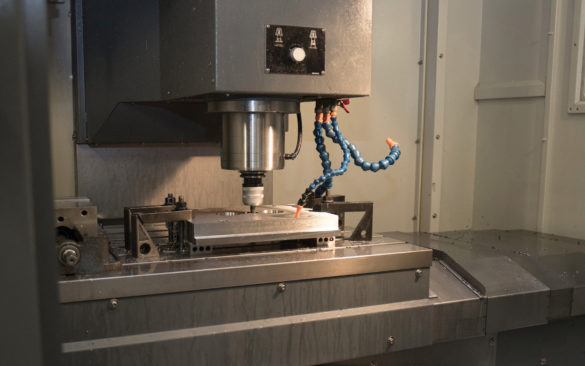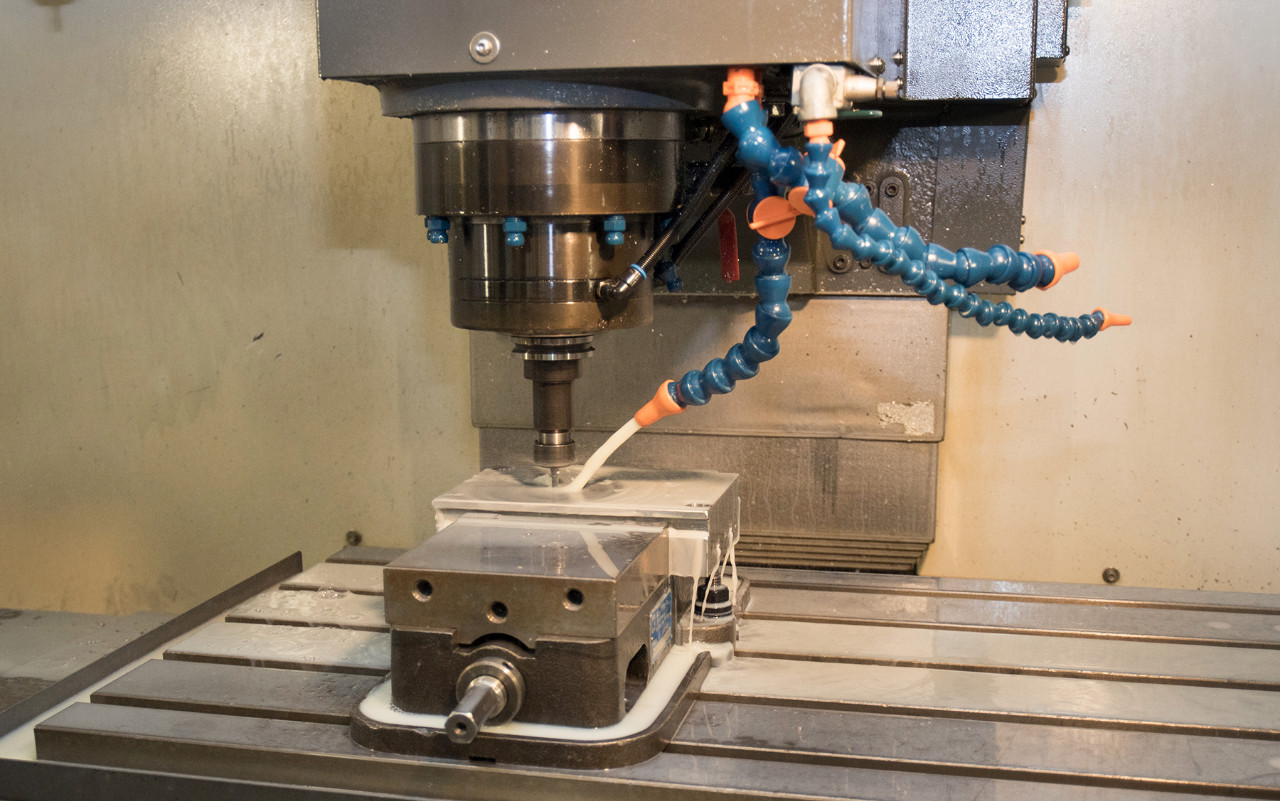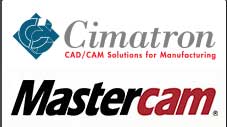 Prototypes have become an important element in development processes that involve plastic-injection molded parts, to save money and time and to assist with detecting design flaws along with any other issue that may be present in the phase of design. With more than 5 decades of experience when it comes to creating injection-molding prototypes, Preferred Tool is here to work alongside you to create injection-molding prototypes that are going to successfully work with your projects.
Prototypes have become an important element in development processes that involve plastic-injection molded parts, to save money and time and to assist with detecting design flaws along with any other issue that may be present in the phase of design. With more than 5 decades of experience when it comes to creating injection-molding prototypes, Preferred Tool is here to work alongside you to create injection-molding prototypes that are going to successfully work with your projects.
The prototypes for plastic-injection molding are easy to produce in order to match up to the demands of stringent development time-lines. The prototypes can be decorated or painted to look very similar to the finalized product for the purpose of marketing before the actual production parts become available.
Why Is Plastic Molding Prototyping Important?
Using injection-molding prototypes is able to facilitate cost-effective and efficient evaluation when it comes to the part’s function, fit, and form. The mold is easy to decorate or paint so that it looks like the finalized product so that it can be used for marketing before the production parts become available.
Preferred Tool makes use of various technologies for prototyping plastic injection molding, from CNC machining onto a comprehensive range of rapid prototyping additive manufacturing technologies, which includes:
– 3D Printing
– Traditional CNC Machining
The process of rapid additive prototyping manufacturing involves laying down material layers successively from the CAD model, which has the potential to create just about any geometry, which includes internal volumes, overhangs, and undercuts. 3D Printing additive manufacturing provides fast and relatively inexpensive production for a select number when it comes to parts.
– SLS (Selective Laser Sintering)
This additive prototyping manufacturing process is rapid and uses a laser that sinters materials that are powder-based layer-by-layer together, which forms a solid and durable prototype model that matches up to the functional parts in various applications. SLS can also enable the production of the injection-molding prototypes that use living hinges and snap fits.
– SLA (Stereolithography)
This is another additive prototyping rapid manufacturing process that employs UV lasers and vats of liquid photopolymer UV-curable resins that produce the prototypes a lot faster, a layer at-a-time. The SLA injection molding prototyping offers the solution to check part sizing, function, and fit and to use for a “finished looking” prototype for marketing purposes.
– FDM (Fused Deposition Modeling)
This is a rapid solid-based additive prototyping manufacturing process. It involves extruding materials layer-by-layer which builds the prototype. FDM is the solution for creating engineering and conceptual models along with a functional testing plastic-injection molding prototype.
Preproduction Injection Molds/ Prototype Molds
Plastic injection molds for molding prototypes are often essential when it comes to developing new products. It offers a low-cost and efficient tooling solution to produce parts for function and fit testing. The prototype molds can also offer the benefit of testing molding processes along with the molding with production materials, to ensure that any design flaws in the materials are detected earlier on. This helps to save money and time in development.
Capabilities
The prototype molds are the ideal solution for plastic injection low-volume molding production. EVCO Plastics prototype injection molding mold abilities include:
– Rapid prototypes/ fast lead-time tooling
– A single cavity pull-up from a multi-cavity base
– MUD (Master Unit Die) Inserts
– Short-run molds
– Multi-cavity or single cavity
– Hard Tool Steel or Aluminium
– Complex or simple geometrics


